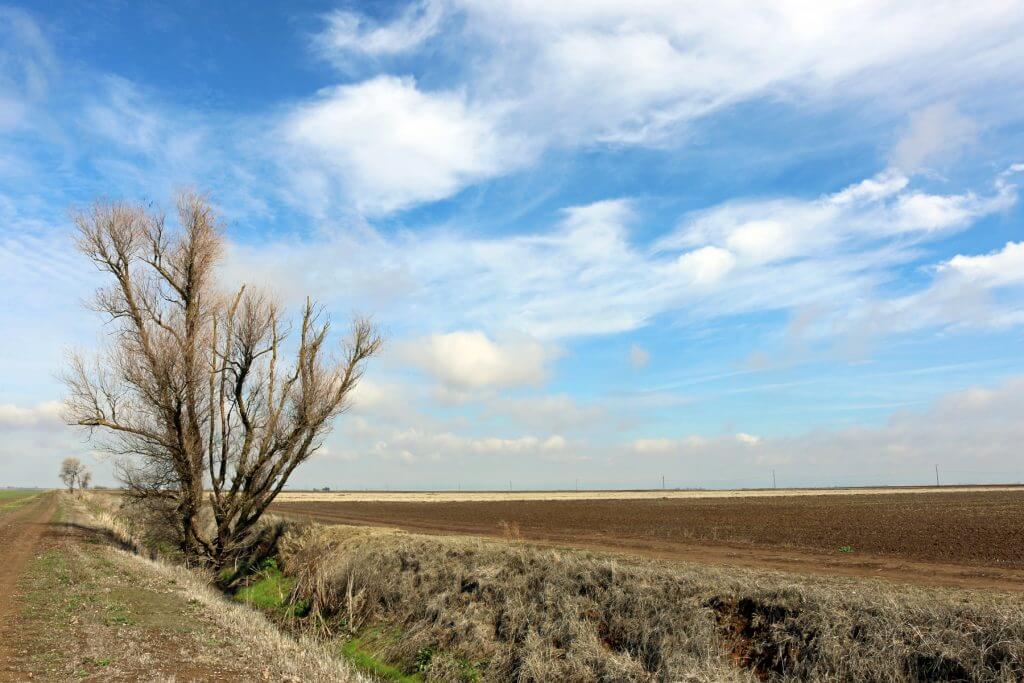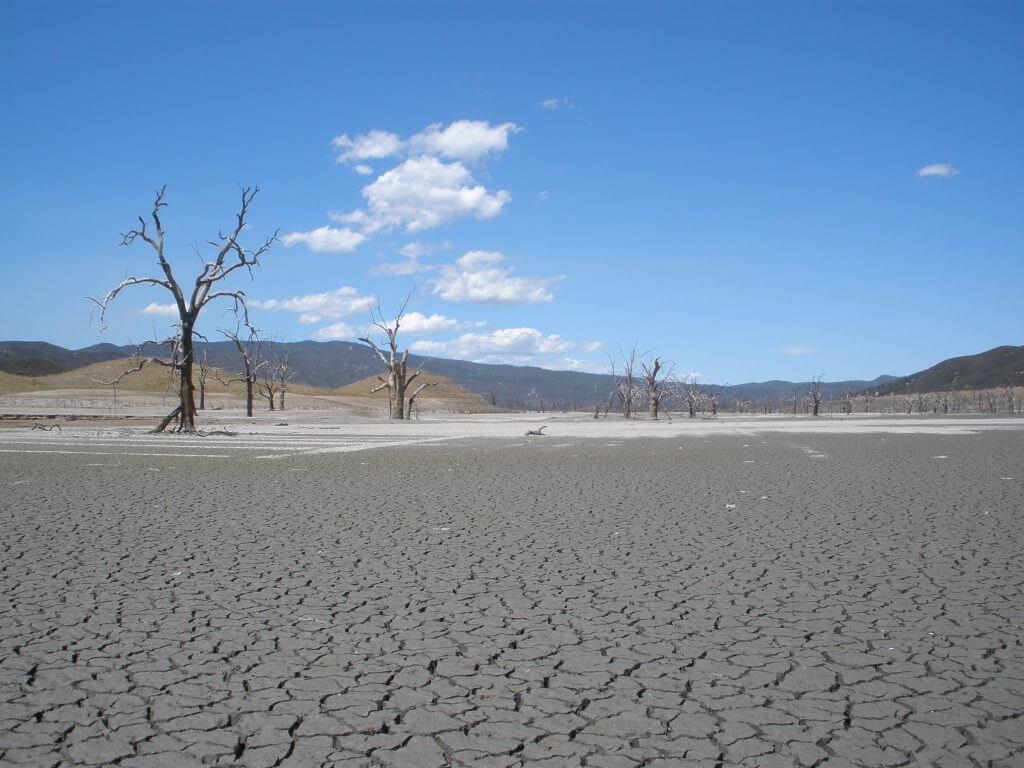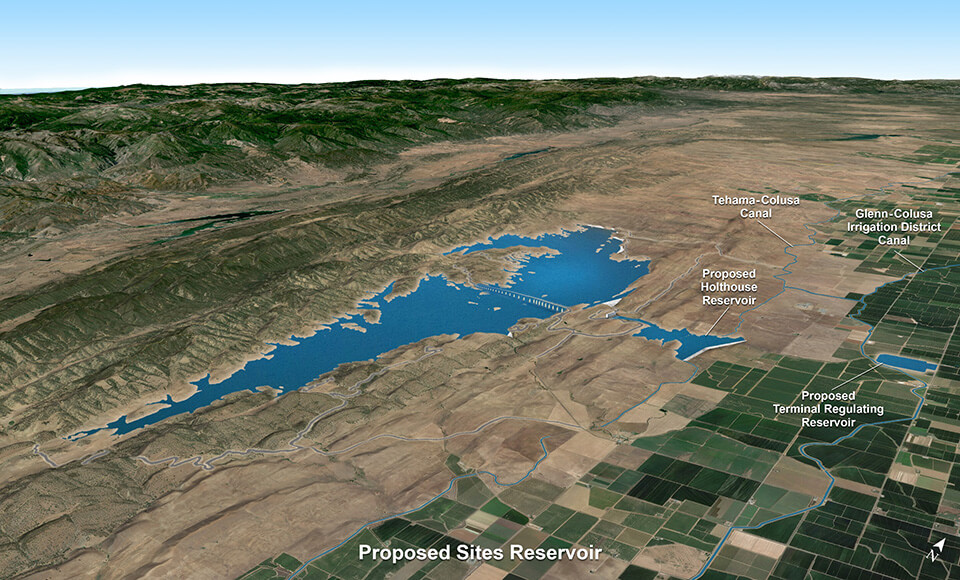
By David Guy
California’s water resources managers are proactively working with our various partners through the harshest dry year we have seen in recent memory. I have the pleasure to work with the leaders in the Sacramento River Basin, who are cultivating a shared vision for a vibrant way of life by working hard to serve the people, fish and wildlife that inhabit our region’s unique mosaic of farmlands, cities and rural communities, wildlife refuges, and meandering rivers. We are encouraged that the Governor’s drought proclamation will bring important focus on our precious water resources and inspire balanced approaches that will allow water resources managers (state, federal and local) to creatively manage our limited water supplies this year for multiple benefits.
Drought Proclamation
The Governor’s drought proclamation for the Central Valley highlighted the severity of the dry year and it will catalyze certain actions we hope will provide the necessary flexibility and support for water managers to do what they do well–serve water for multiple benefits.
The success of the Governor’s plan is dependent upon a balanced approach by the State Water Board and tempering its regulatory role. With a balanced approach, California can work through the dry year allowing professional water managers—state, federal and local—the ability to serve water for multiple benefits. Without a balanced approach, we fear that California will resort to the binaries the Governor has pledged to eliminate and the courts will ostensibly be managing California’s water supplies for the next several years while fish, wildlife and water supply reliability continue to suffer.
The Governor’s Emergency Proclamation provides several important provisions that, if implemented properly, will help provide flexibility to manage water in this challenging year.
This includes:
- Assisting local agencies in areas with domestic water shortages to implement solutions to address the water shortages.
- A temporary urgency change petition that will provide more flexible operations in the Delta, thus conserving water upstream to protect cold water pools for salmon and serve water for cities and rural communities, farms and wildlife refuges.
- Facilitating water transfers and forbearance agreements to help make water available in areas of need, including prioritizing transfers such as those in the Sacramento River Basin that retain a higher percentage of water in upstream reservoirs for cold water management and release later in the year.
- Encouraging water users and other parties to advance voluntary measures to ensure appropriate flows for salmon and other species rather than heavy-handed regulatory approaches that create mistrust, substantial collateral damage, and divide the people in the state.
- Accelerate funding for water supply enhancements, including financial support for groundwater pumping to support the Pacific Flyway habitat in the Fall 2021 if we do not see fall precipitation.
- Provide an expedited process under the California Environmental Quality Act (CEQA) and other laws to allow many of these actions to be taken quickly.

Water Infrastructure and Drought Package
We were encouraged by the Governor’s $5.1 billion water package for water infrastructure, drought response and improved climate resilience. This includes important provisions for immediate drought support, as well as longer-term solutions that will help us better prepare for future dry years. Our priorities align with the Governor’s key actions and we look forward to engaging with the Administration and Legislature to help advance the following priorities for ridgetop to river mouth water management throughout California:
- Ensuring California communities have access to safe drinking water that meets health-based standards is a human imperative. Building on the historic establishment of the Safe and Affordable Drinking Water Fund, our leaders have united around a comprehensive approach through the North State Drinking Water Solutions Network to fix drinking water problems in our local communities and support various programs to protect water quality.
- Our leaders are focused on healthy headwaters to ensure increased water supply reliability, improved water quality, reduced impacts from catastrophic wildfires, increased renewable energy supplies, enhanced habitat and improved response to climate change and extreme weather. In addition to emergency response that will be important in a dry year, the longer-term efforts to enhance and expand the active management our forested headwaters are essential and we support funding for actions taken by Sacramento River Basin water managers and their partners to provide scalable models for improving the health of our headwaters and reducing wildfire risk. Examples of these management activities we can build upon include the Placer County Water Agency’s French Meadows Forest Restoration Program in the American River watershed and the Yuba Water Agency’s pioneering efforts to finance watershed restoration activities.
- The Sacramento River Basin is fertile ground for developing a new path to reactivate our floodplains as a new way forward. This approach will protect public safety and integrate best available science about how river ecosystem’s function with the practical know-how of farm, flood, and wildlife refuge managers. Implementing these dynamic conservation strategies will build resiliency in California’s ecosystems and water systems by sustaining the abundant return of migratory birds along the Pacific Flyway; revitalizing river food webs and supporting the recovery of salmon and other fish populations; recharging groundwater aquifers; and improving flood protection in an era of increasing storm severity and a changing climate. To further advance these efforts, the Floodplain Forward Coalition has developed a Portfolio for Fish and Wildlife to reactivate the floodplain in the Sacramento River Basin. Conventional flood protection and dam safety measures are also necessary for public safety in California.
- The Sustainable Groundwater Management Act (SGMA) provides important opportunities for local agencies to manage water resources in a sustainable manner. As the local Groundwater Sustainability Agencies (GSAs) develop and complete Groundwater Sustainability Plans (GSPs) by January 2022, state funding would be very helpful for the following to support local management in the Sacramento River Basin: 1) prioritize non-critically over-drafted-basins such as the Sacramento River Basin as part of SGMA implementation funding; 2) robust monitoring of both surface (i.e., SB 19) and groundwater monitoring; and 3) groundwater recharge projects throughout the region.
- There are opportunities to add resilience to the existing water system with Sites Reservoir, a modern off-stream reservoir in the Sacramento River Basin that can capture water during high runoff and then release it over time for the benefit of fish and wildlife, farms, and communities across the state. The dry year shows the value of off-stream reservoirs that served their regions well, including Diamond Valley in Southern California and Los Vaqueros Reservoir in the Bay Area. Sites Reservoir offers a similar opportunity to serve water for multiple benefits, particularly during dry years.

- California water suppliers from throughout the state are working with state and federal agencies to advance a “Collaborative Framework for the Voluntary Agreement Program to Update and Implement the Bay-Delta Water Quality Control Plan.” This is a robust program that can be immediately implemented for the benefit of fish, wildlife, farms and cities. The implementation of the Voluntary Agreements (VAs) is central to a successful Water Resilience Portfolio and the VAs are the cornerstone for local and regional agencies to continue ridgetop to river mouth water investment and management and to resolve conflict by bringing the state and federal agencies together to solve California’s water challenges.
Water resources managers in the Sacramento River Basin are engaged in a comprehensive effort to help serve the regions’ water and land resources from the ridgetop all the way down the watershed to the river mouth using nature-based solutions that provide multiple benefits and water supply reliability for cities, farms, fish, birds and other wildlife, hydropower production, and recreation. These efforts will help protect and restore our biodiversity through forest management, floodplain reactivation, sustainable groundwater management, and healthy soils management. These solutions will enhance the region’s economy and food production by allowing working lands to provide food for human consumption, and also provide food and habitat for the region’s terrestrial and fish species. These approaches will also build climate resilience and promote species recovery.
During these dry years, we continue to focus on the “fix” rather than the “fight,” which becomes even more keen as people’s livelihoods and fish and wildlife depend upon us taking responsible actions with limited water supplies. The Sacramento Valley is sourcing our sustainable future through responsible management of the essential resource that millions of birds, hundreds of thousands of fish, thousands of farms and millions of people all rely on-water (#SourcingOurSustainableFuture). Our goal is to work closely with our partners who share a positive orientation to collaborate on multiple benefit solutions to make California for All, rather than picking winners and losers.
We would welcome your thoughts. For more information contact me at dguy@norcalwater.org.




